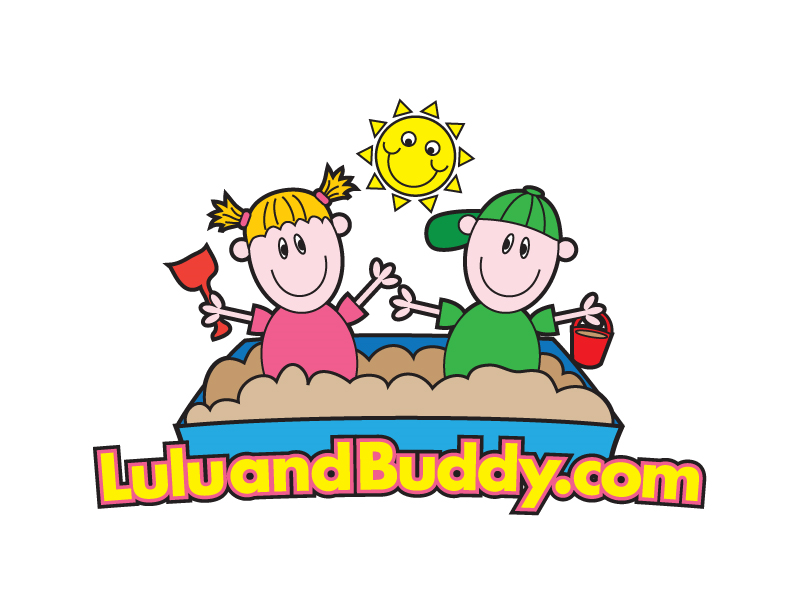The Toxic Bath
Chemicals are toxic when you ingest, they get in your eyes,or when they absorb or penetrate the skin. We know too well how washing a rowdy toddler can be. It is important to use clean ingredients for your entire family. Children are especially vulnerable to toxic chemicals because their bodies are still developing. Chemical exposures come from a variety of products including toys, personal care products, and clothes. The bath is of special concern, because the skin is your largest organ. Whatever you expose to your skin effects your entire body within a matter of a few hours or less. During a bath the warmth opens the skin pores decreasing the amount of time it takes for those toxins to enter into the body. We want to help you make sure your child is not taking a toxic bath!
Toxic Chemical Classes
Several classes of chemicals have emerged as a particular concern for kids’ health: phthalates, alkylphenols, bisphenols, and per- and polyfluoroalkyl substances (PFAS). These chemicals show up in food, house dust, and bodies. They even pass into the womb to fetuses and through breastfeeding to newborns. Many of these culprits are found in the bathing products you trust for your child. The baby shampoos, soaps, and lotions you use on your child may be labeled “natural” or “gentle,” but can be filled with toxic chemicals which are dangerous for your child’s health.
Children are exposed to 27 of these dangerous chemicals each day through personal care products alone, according to a survey by the Environmental Working Group. Most of the chemicals in use have never been tested for safety nor are they regulated in the U.S. When it comes to shopping for products, sifting through all of the information and searching for safer alternatives is time-consuming, confusing, and can make you want to pull your hair out. Here are some of the biggest toxic offenders to avoid.
Fragrance
You might love the smell of your baby’s lotion. However, fragrance is linked to allergies, skin irritation, eczema and can be toxic to various organs in the body. The term itself is used to mask hundreds of other dangerous chemicals in the product. While reading labels, avoid any product that lists fragrance, perfume or parfum.
Phthalates and Parabens
Phthalates and parabens are a group of chemicals used as preservatives in personal care products like baby shampoos, lotions, hair sprays, and nail polishes. They are used in hundreds of products. They cause damage to the liver, kidneys, lungs, and reproductive system — particularly the developing testes — according to animal studies. Phthalates have been linked to endocrine disruption, which can cause reproductive problems, including a decrease in sperm motility and concentration. In addition they have also been linked to allergies, asthma and cancer. To make it even more confusing for moms, fragrance can also contain phthalates.
The study, Baby Care Products: Possible Sources of Infant Phthalate Exposure, published in Pediatrics, 2008, indicates that infants receive widespread exposure to a variety of phthalates found in lotions and shampoos. These exposures are especially concerning for young infants who are most vulnerable to harm.
HCWH and partners have also conducted product testing and found phthalates in many top-selling beauty products. Test results are compiled in the reports:
- Not Too Pretty: Phthalates, Beauty Products & the FDA – Health Care Without Harm report finds hazardous phthalates in more than 70% of personal care products tested
- Pretty Nasty: Phthalates in European Cosmetic Products – Health Care Without Harm Europe, Women’s Environmental Network, and the Swedish Society for Nature Conservation
Research shows that another class of chemicals, parabens, are endocrine disruptors and have been linked to reproductive problems, developmental disorders, endometriosis, skin irritation and cancer.
Avoid products that contain phthalate, DEP, DBP, DEHP and ingredients ending in “–paraben.”
Formaldehyde and formaldehyde-releasing preservatives
Formaldehyde is a preservative added to water-based products to prevent mold from forming. It can be directly added to products or released through another preservative. Formaldehyde is a human carcinogen and has been linked to allergy-like reactions including respiratory problems, headaches and nausea. To avoid it, stay away from products that contain formaldehyde, quaternium-15, DMDM hydantoin, imidazolidinyl urea, diazolidinyl urea, polyoxymethylene urea, sodium hydroxymethylglycinate, 2-bromo-2-nitropropane-1,3-diol (bromopol) and glyoxal.
1,4-dioxane
Found in bath products and liquid soap, 1,4-dioxane is a chemical byproduct, so you won’t spot it on a label. A possible human carcinogen, 1,4-dioxane is linked to organ toxicity and skin allergies.
To avoid it, don’t use products that contain sodium laureth sulfate, PEG compounds and chemicals listed as xynol, ceteareth and oleth.
How to find safer alternatives.
Use an app.
Instead of spending hours researching products and comparing labels, here are some easy ways to avoid toxic chemicals.
Download an app such as The Environmental Working Group’ Skin Deep or the GoodGuide to look for product ratings.
Toss what you don’t need.
Look through all of your products and keep what’s essential. Then try to find products that do double duty or natural alternatives, like coconut oil which can be used as a moisturizer or to remove cradle cap. Natural essential oils can make a product smell great without the chemicals, but be sure to find a reputable brand and one that’s 100% Therapeutic grade.
Find a brand you can trust
Look for a company who is transparent, is concerned with you not just making money. Are they genuinely concerned about the environment? Can you track what is in their products and where it is coming from? Are they doing their own research?
Say Goodbye to the Toxic Bath
By learning these toxic chemicals, and taking these step to eliminate them you can make sure that your child is safe fro the toxic bath. This will give you peace of mind as you enjoy bath time with your child.
